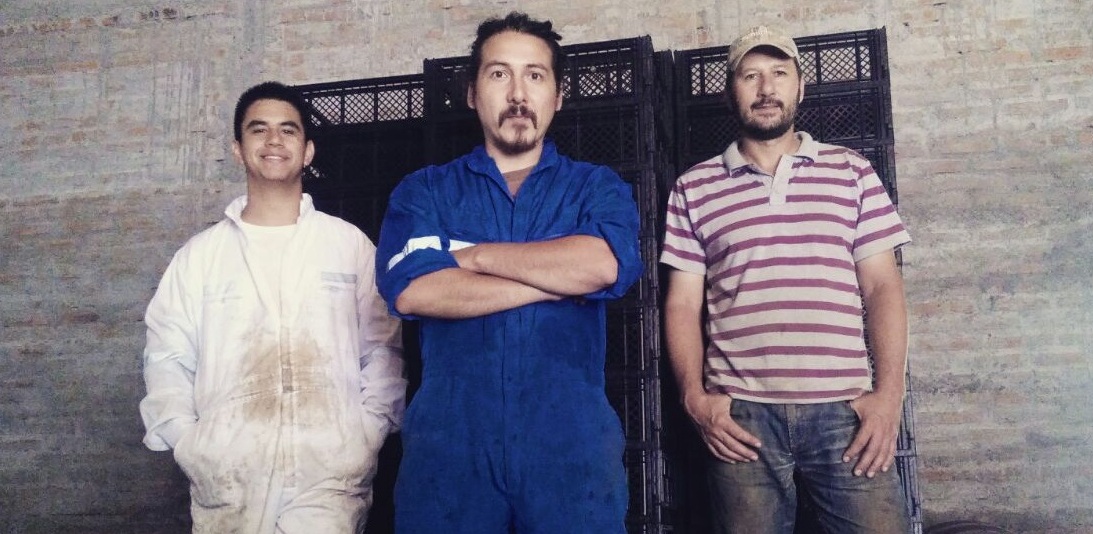Meet the producer: Roberto Henriquez
Based in Nacimiento, Bio-Bio, Chile - with some vines in the Itata Valley. He farms around 6ha; some vines are over 200 years old. Grapes are Pais, Muscat, Corinto (Chasselas) and Semillon. After working in vineyards across the world, Roberto set up on his own in 2015 (he is a busy chap as he still has a day job working as an organic consultant).
Roberto Henriquez
WINEMAKER
Roberto Henriquez
VINEYARD
7 hectares, organic, non-certified
COUNTRY, REGION, SUBREGION
Chile, Bio-Bio, Nacimiento
WINES
WHITE
RED
A native of Concepción, Roberto – largely inspired by his uncle - has always dreamed of making wine.
He studied to be an Agronomist and Enologist, then worked for large commercial wineries in Chile, South Africa and Canada. Returning to Chile, Roberto spent some time with Louis Antoine Luyt, and this experience - as well as working with producers such as Mosse in France (Loire) - helped shape his perception of wine: natural winemaking was the path he wanted to follow.
Roberto is part of the very small-scale, zero-input agriculture and winemaking community of the Old South: the old farmers work traditionally, having never used chemicals. However nowadays, the Chilean culture doesn’t pay much importance to historic winemaking, and he felt he had to do something to try and keep tradition alive.
In 2015, while working as a wine growing consultant, Roberto started his own winemaking project: building his own winery and working with traditional methods. Pipeño is a uniquely Chilean style of winemaking that etymologically refers to wine stored in a pipa – a very large ageing vessel made of native Raulí beech wood. Culturally the terms means wine of and for the people, made rustically from traditional Spanish cultivars, both red and white. Grapes are traditionally fully destemmed, open fermented in lagar (massive foudres of raulí), foot stomped and gravity fed to pipa soon after fermentation so it can be enjoyed quicker.
The Bio-Bio region (close to where Roberto was born) is, in his view, the most unspoilt place to make wine in Chile. There is considerable soil diversity between plots: the soils vary between granite, red clay, quartz, alluvial and basaltic. Generally, it’s a cool-climate region: a cool spring, in summer temperatures go rarely above 30 degrees, and there is a quick transition from autumn to winter.
Southerly latitude plays a massive part for this sort of climate, as does the mountain topography (lots of small hills, vines situated on inclines). The maximum altitude is under 400m. He took on vines which are hundreds of years old: Pais (200 years old), Moscatel d’Alejandria, ‘Corinto’ (Chasselas) and Semillon (all 100 years old). He farms 7ha spread across 4 parcels which are close together in the mountains near Cordillera de Nahuelbuta. Height of the vines varies: Riveira del Notro are at 1m high, while the Santa Cruz de Coya vines are very close to the ground.
Roberto also buys grapes from friends close to Nacimento and Itata.


